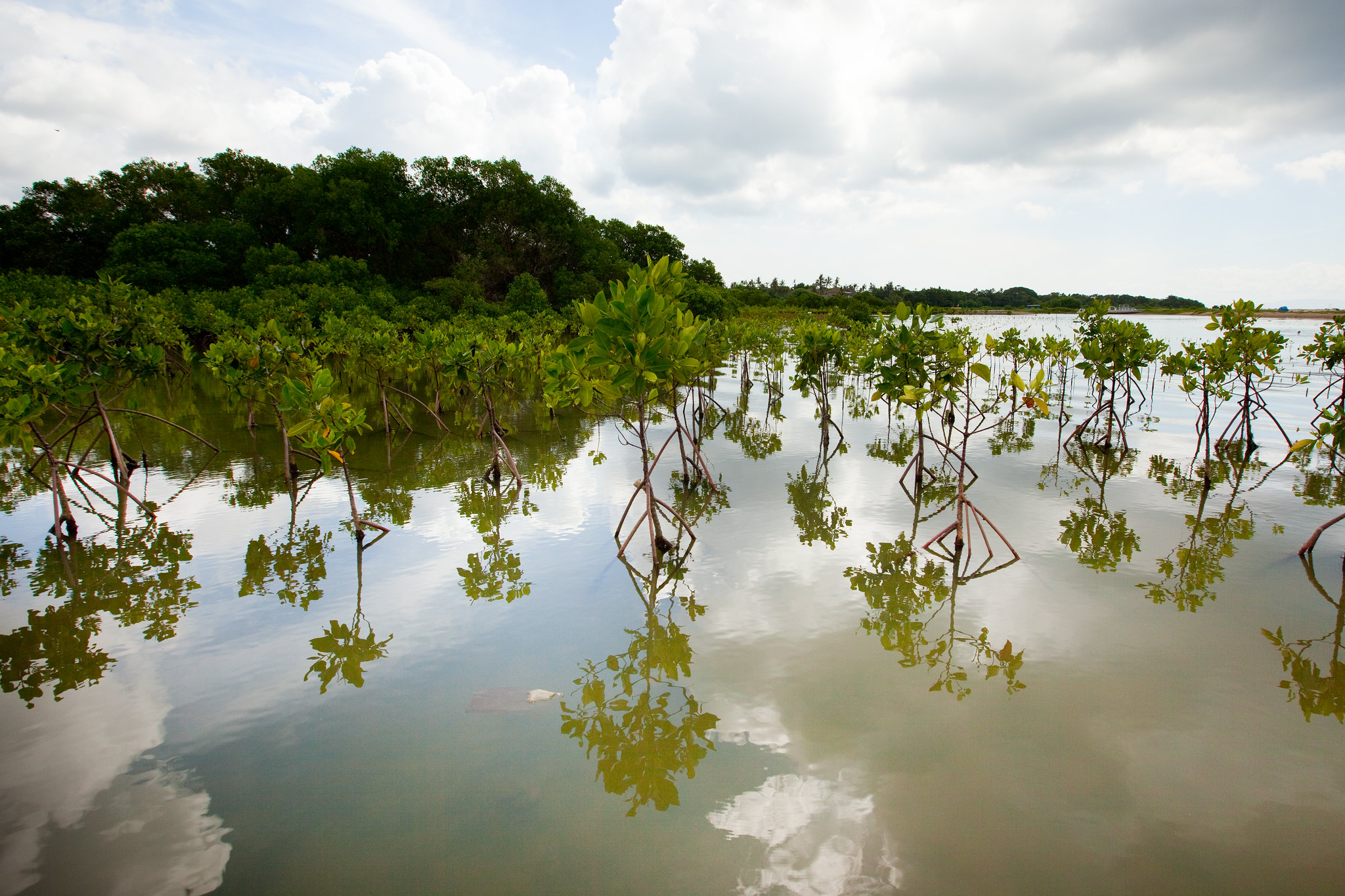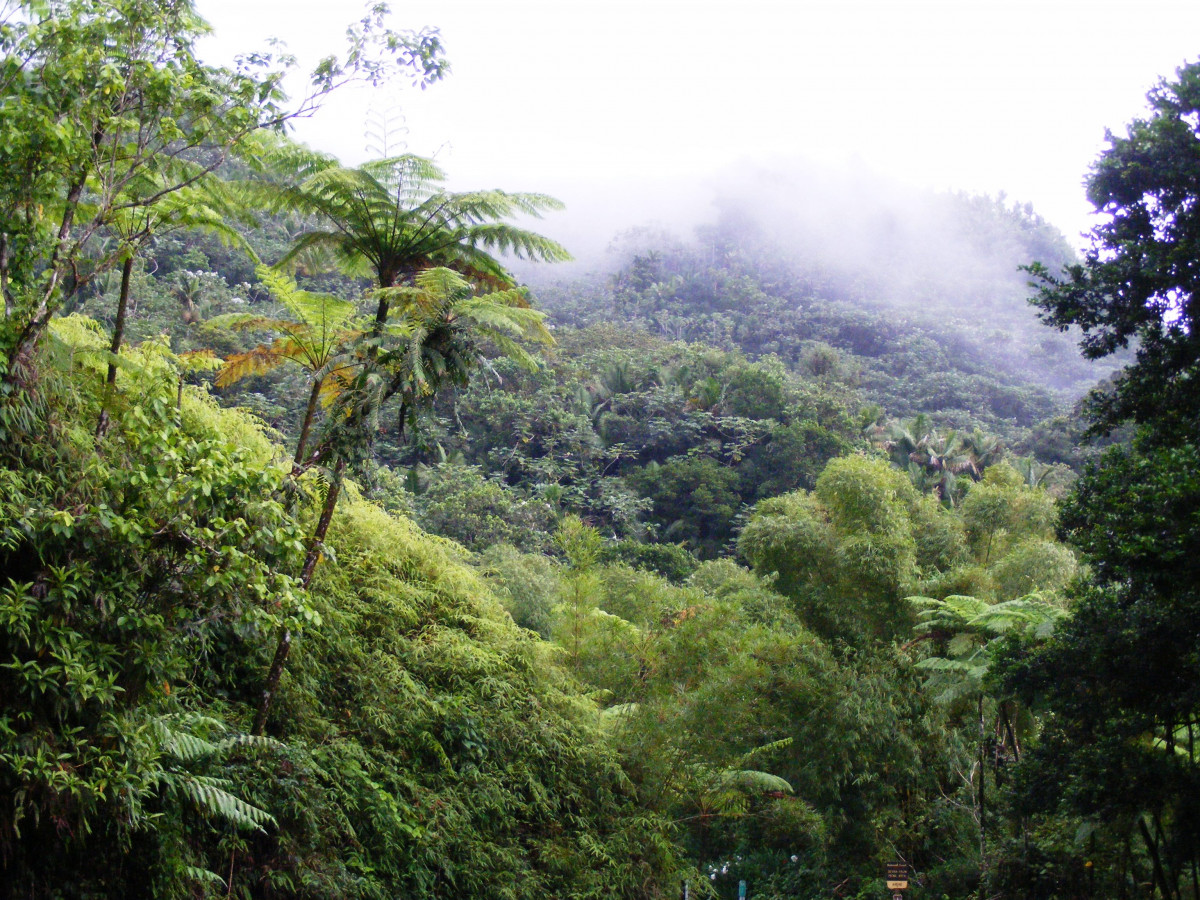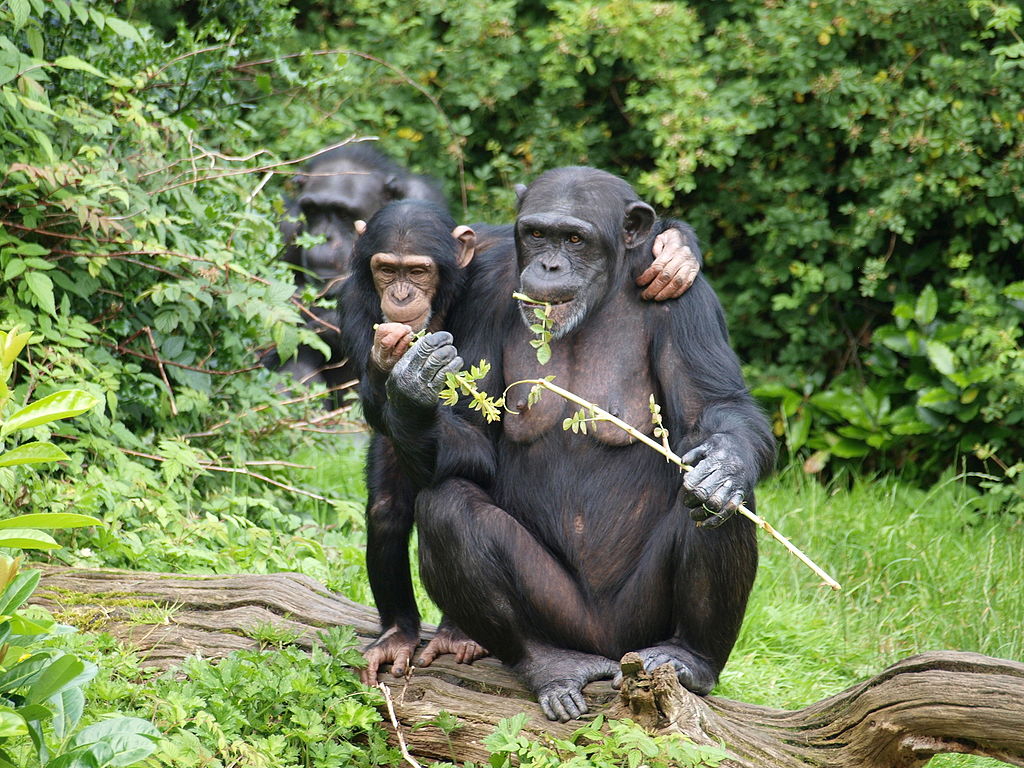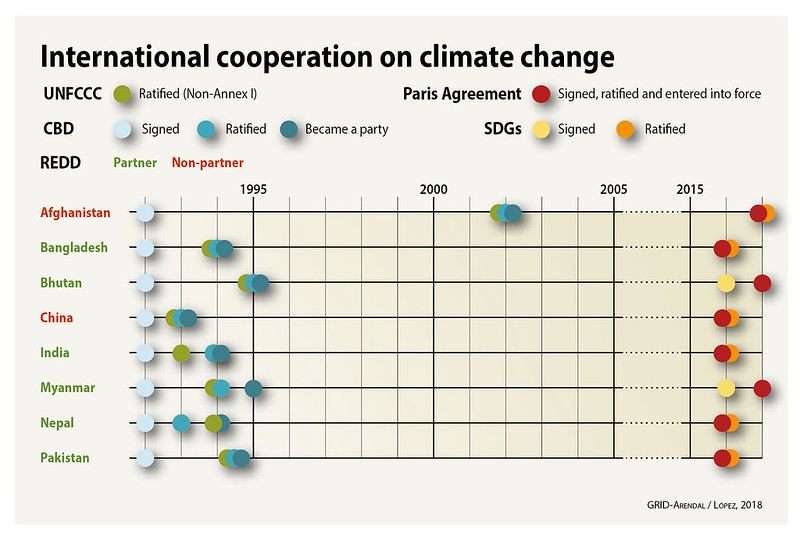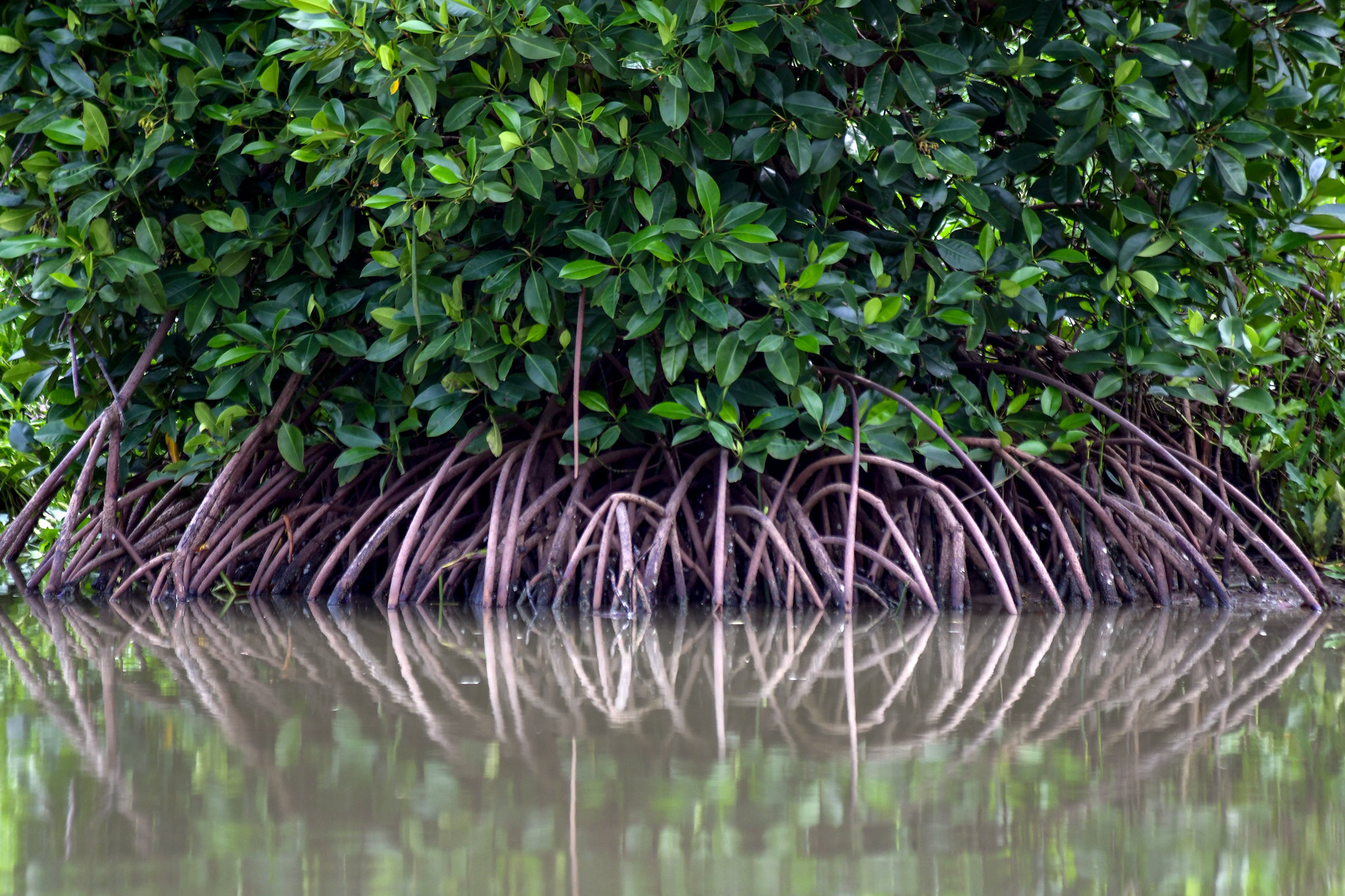Cameroon coast is situated in the extreme north eastern corner of the Gulf of Guinea measuring more than 400 km from the Equatorial Guinea border to the Nigeria borders. An equatorial climate type, greatly influenced by the equator, characterizes this coastal area. Mangroves are crucial for not only their own inherent composition, but for the support they provide for the biodiversity of other ecosystems as well. A globally threatened ecosystems Mangroves have been exploited in Cameroon for decades, for fuel wood, saw logs, non-timber forest products and artisanal fishing because they constitute zones of reproduction and growth for several species of fish, mollusc and shellfish. Rapid expansion of coastal cities, pollution from industries and domestic sources have caused uncontrolled losses and degradation of the mangrove forests resulting to the loss of more than 50% of the original mangrove forests in the past 50 years. More than 60 % of this loss in Cameroon is attributed to fish smoking, cooking and urban construction activities (Ajonina and Usongo, 2001; Ajonina et al, 2005).
The CWCS is focusing on the following areas within mangroves ecosystems biomass monitoring, waterfowl monitoring, reforestation and mangrove wood energy saving smoke ovens and livelihood activities in collaboration with surrounding local populations.
